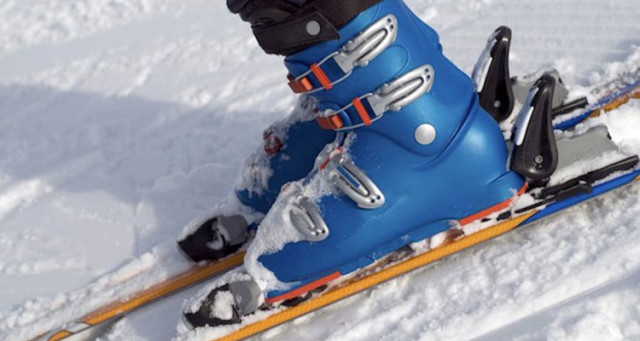The ski boots are, along with skis, bindings and poles, an indispensable component of the equipment necessary for the practice of skiing is that it is exercised at the amateur level, whether it is practiced at a competitive level or professional. It is thanks to the fact that boots are transmitted to the ski movements to be carried out on the snow (the boots are attached to the ski bindings).
The purchase of ski boots must be made very carefully since an incorrect choice can lead to several problems, both physical and provided there. These problems could then be clearly marked in the case of novice skiers still, of course, are not yet accustomed to wearing the boots for long periods of time. Good ski boots must ensure, for skiing, is a great comfort is the utmost sensitivity.
General characteristics of ski boots.
The main components of ski boots are four.
- Hulls.
- Gambit.
- A shoe.
- Closing levers.
The gambit takes off above the ankle and goes up to the calf. There are many functions that are completed by the cuff, the main is to connect the boot with the leg, in addition, depending on its inclination, there is a variation of the posture of the skier. The elasticity of the cuff significantly affects the reactivity of the boot and consequently, also the skiing.
The elasticity of the cuff, commonly known as flex, is expressed by a number (for example, Flex 60) which gives the idea of the ” hardness ” of the boot. Ski boots flex 100 are considered hard boots, boots with flex 60 ski boots are soft. Generally, the values of flex ranging from 40 to 150. The value of the flex is related to several factors (to the materials used, their thickness, the thickness of the shell and cuff, etc..).
Internally, the boots are the shoe, usually made with thermoforming materials that fit the shape of the foot and isolate it thermally. There are also so-called injection shoes (the foot is inserted into the shoe and is then given an injection of gel) that allow an optimal adaptation to the shape of the foot.
The locking levers (or hooks) are used to close the ski boots. More latches there are, the greater the adherence of boots to walk away with the inevitable repercussions on the control of skiing. Almost all the boots on the market are equipped with micrometric adjustment. That adjustment allows perfect closure of the boots because the hooks can be adjusted to the millimeter.
Type of Ski Boots
There are several ways to classify ski boots. A very common classification divides them into 5 categories :
- Race.
- Allround Top Level.
- Freeride.
- Allround.
- Easy.
Race ski boots are suitable for skiers highly skilled and experienced; models are quite rigid and narrow that allow optimal transmission of impulses. They are normally used at a competitive level in slalom competitions or carving. The level of flex portion 120. The adjustment of the cuff in these boots is reduced to a minimum.
The Allround Top Level ski boots are suitable for experienced skiers who like comfort in a particular way. Are rigid boots but they offer the possibility to adjust the flex more extensively to what happens with the typology Race. The flex of the Allround Top Level ranges from 90 to 120.
The boots are virtually Freeride of round Top level enriched from both the technical point of view and from the point of view of comfort. The Allround ski boots are well-suited to skiers with the physical point of view, but do not yet have an excellent technique. From the point of view of the technical characteristics are very similar to all-round top level, their level of comfort is much higher. The level of flex oscillates between 70 and 90.
The boots Easy, as implied by the English term, ski boots are suitable for novice skiers whose technique, inevitably, still leaves much to be desired. They are usually soft models that enjoy a high degree of customization. The materials used are generally of lower quality than those used in the other categories. Hardly, the flex level is above 70.
The choice of ski boots.
How to choose ski boots? The choice depends largely on the experience level of the skier. The first parameter to consider is the hardness. Obviously, the more the boots are tough skiing can be more aggressive and fluid. An experienced skier can opt for higher degrees of hardness (90 and over), one intermediate level skiers can opt for a flex variable from 80 to 90, while for beginners should opt for softer ski boots (flex up 80), this will allow a gradual adaptation to the boots without incurring annoying pain and discomfort.
But you cannot choose the boot only on the basis of hardness. It is essential to perform some tests, wearing them for a certain period of time (at least half an hour). A patient choice helps not to throw their money. What is the right fit for ski boots? We cannot use the same criteria when choosing a normal shoe.
The boots are designed for very different purposes from the simple way. When we are in an upright position, your toes should touch the tip of the boots, if it does not mean that the measure is excessive and would lose a lot of sensitivity. The variability of prices is remarkable, ranging from models that cost 70 euros to others who quietly exceed $650.











